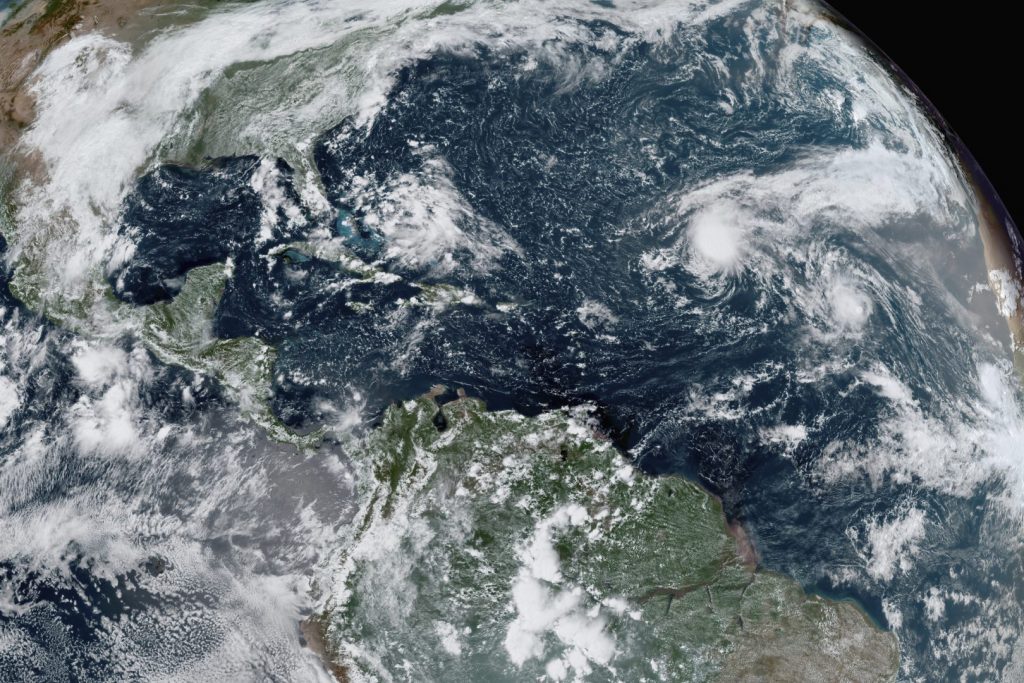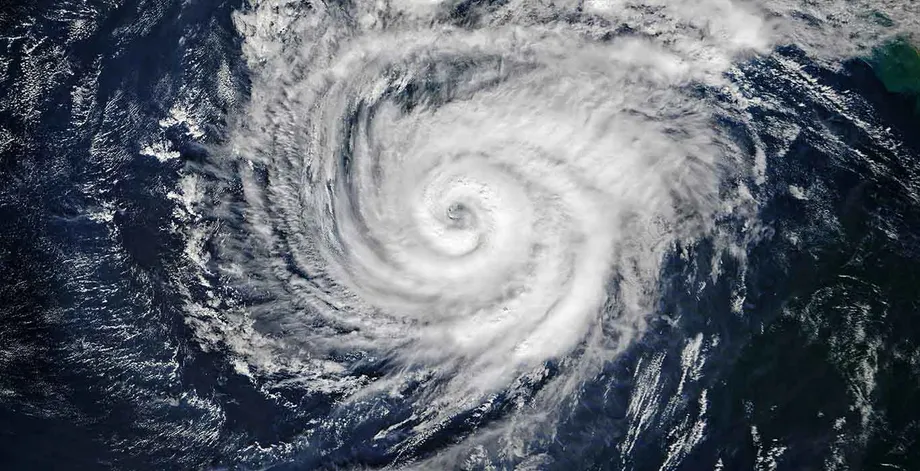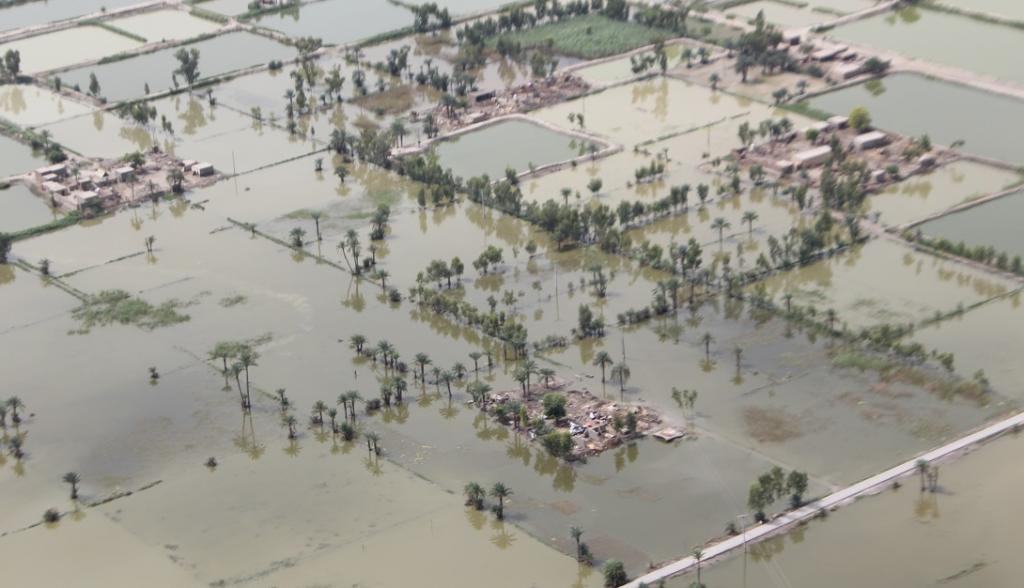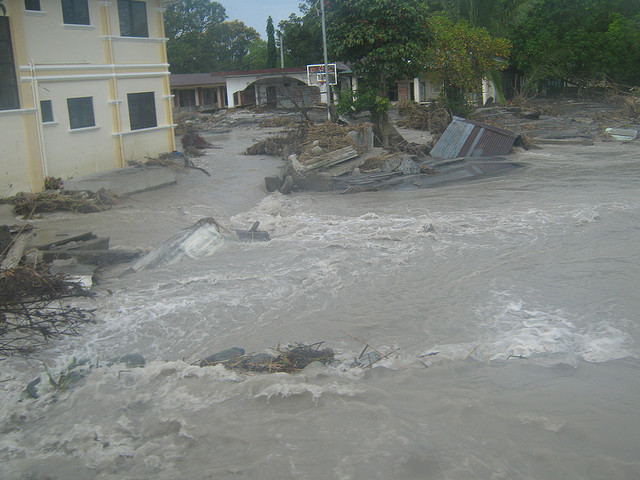La Niña’s Impact on Weather Patterns in the United States
La Niña, a complex weather phenomenon, has a significant impact on the climate and weather patterns across the United States. This naturally occurring event is characterized by the cooling of the surface waters in the eastern equatorial Pacific Ocean, which alters atmospheric circulation and influences temperature and precipitation patterns worldwide.

According to the National Oceanic and Atmospheric Administration (NOAA), during a La Niña event, the jet stream tends to shift northward, causing changes in the distribution of temperature and precipitation across the country. This shift often results in below-average temperatures and above-average precipitation in the northern parts of the United States, while the southern states experience warmer and drier conditions.

The Pacific Northwest and the northern Rockies are particularly affected by La Niña. These regions often experience colder temperatures and increased snowfall during the winter months. In fact, the NOAA Climate Prediction Center’s data suggests that during a La Niña winter, the chances of above-average snowfall in the Cascades and the northern Rockies can increase by as much as 40%.

On the other hand, the southern states, particularly the Southwest and the Gulf Coast, tend to experience warmer and drier conditions during a La Niña event. This can lead to an increased risk of drought and wildfires in these regions. In the winter of 2020-2021, which was influenced by a moderate La Niña, the U.S. Drought Monitor reported that over 40% of the contiguous United States experienced some level of drought, with the most severe conditions in the Southwest and the Great Plains.

La Niña’s impact on the Atlantic hurricane season is also noteworthy. During a La Niña year, the atmospheric conditions in the Atlantic basin become more conducive to hurricane formation. Reduced wind shear and increased atmospheric instability allow tropical storms to develop and intensify more easily. The NOAA reported that the 2020 Atlantic hurricane season, which coincided with a La Niña event, was the most active on record, with 30 named storms, 13 of which became hurricanes.



- La Niña 2010-2011: This was a strong La Niña event. Its impacts included increased rainfall in the western Pacific, leading to floods in Australia, Indonesia, and the Philippines. Conversely, it brought drought conditions to parts of Africa and South America.
- La Niña 2011-2012: Following the previous event, this one was weaker but still brought heavy rainfall to parts of Australia, contributing to flooding in Queensland. It also influenced weather patterns in the Americas, affecting rainfall in regions such as the southern United States.
- La Niña 2016-2017: This was another strong La Niña episode. It caused wetter-than-average conditions in parts of Southeast Asia and Australia, contributing to flooding. It also influenced global temperature patterns, with cooler-than-average temperatures in some regions.
- La Niña 2020-2021: This event began in late 2020 and continued into early 2021. It contributed to above-average rainfall in parts of Southeast Asia, leading to flooding in Indonesia and the Philippines. It also influenced weather patterns in the Americas, affecting precipitation in regions such as the southwestern United States and South America.
- La Niña 2007-2008: This was a moderate La Niña event. It caused above-average rainfall in parts of Southeast Asia, leading to flooding in Indonesia and Malaysia. Australia also experienced wetter-than-average conditions during this period.
- La Niña 2017-2018: Following the 2016-2017 La Niña event, this one was weaker but still had notable impacts. It influenced weather patterns in various regions, including increased rainfall in parts of South America, contributing to flooding in Peru and Colombia.
- La Niña 2021-2022: This event began in late 2021 and continued into 2022. It brought above-average rainfall to parts of Southeast Asia, contributing to flooding in Indonesia and Malaysia. Australia also experienced wetter conditions during this period.
- La Niña 2022-2023: This event occurred in the latter part of 2022 and extended into 2023. It had varying impacts globally, with some regions experiencing above-average rainfall and others facing drier conditions. For example, parts of South America and the southern United States saw increased precipitation, while parts of Africa and the Middle East experienced drier-than-average conditions.
